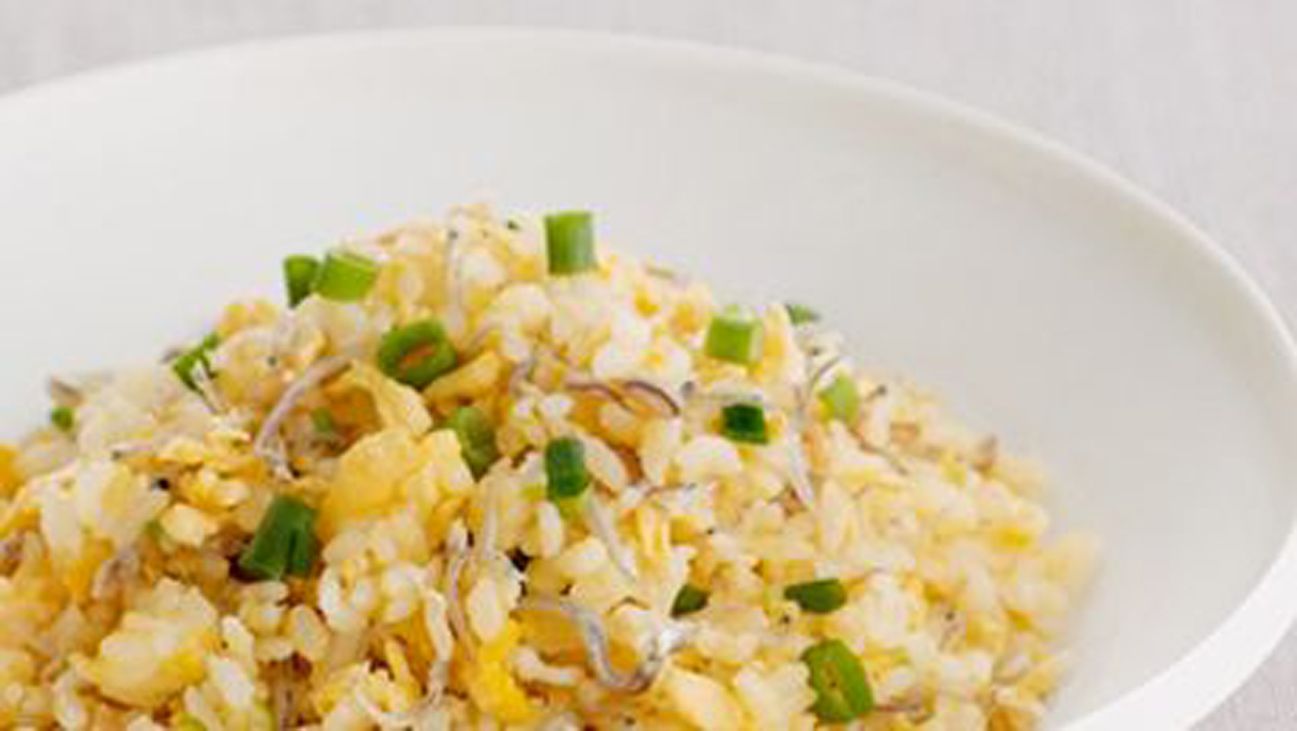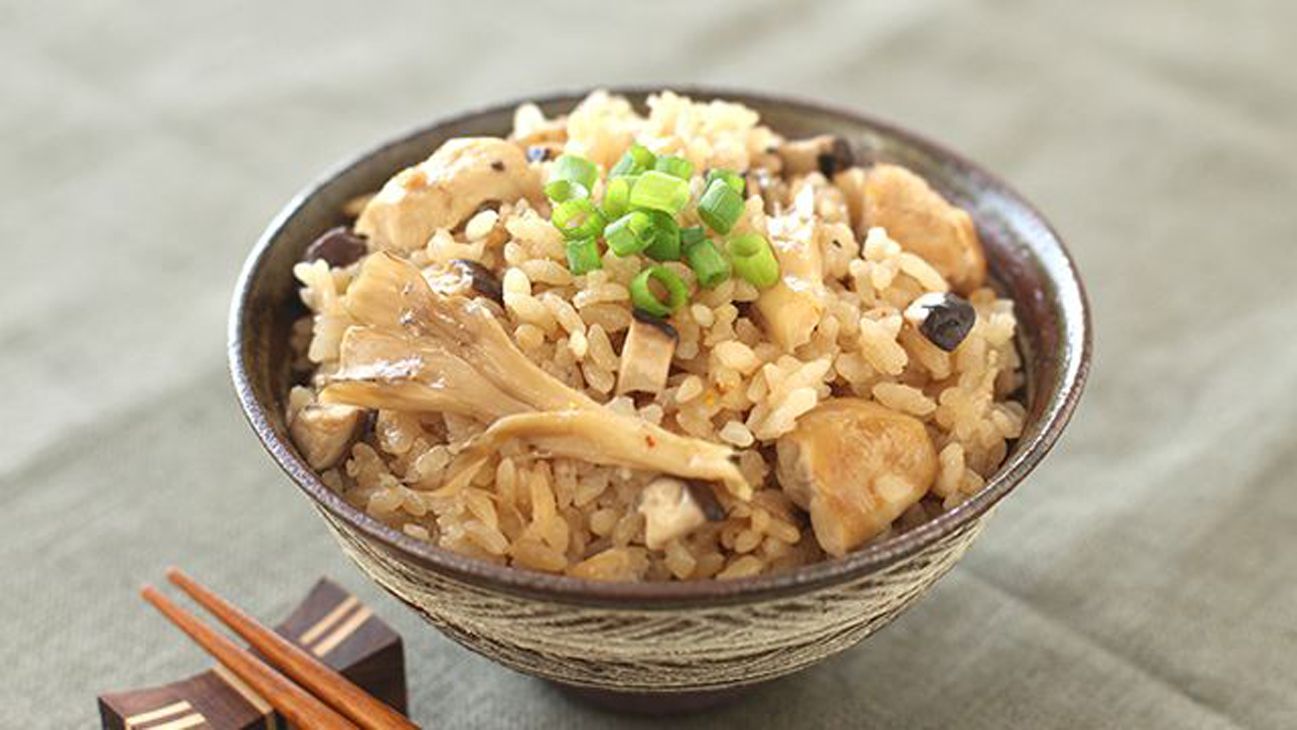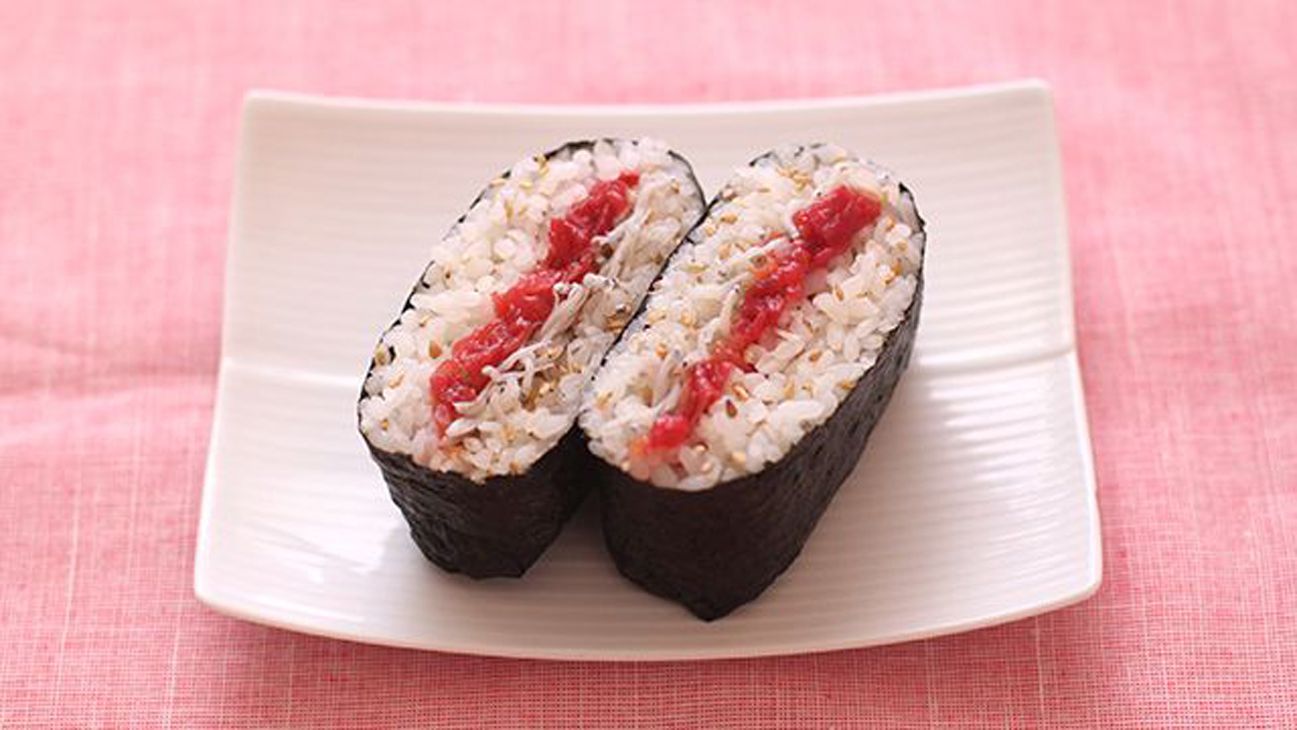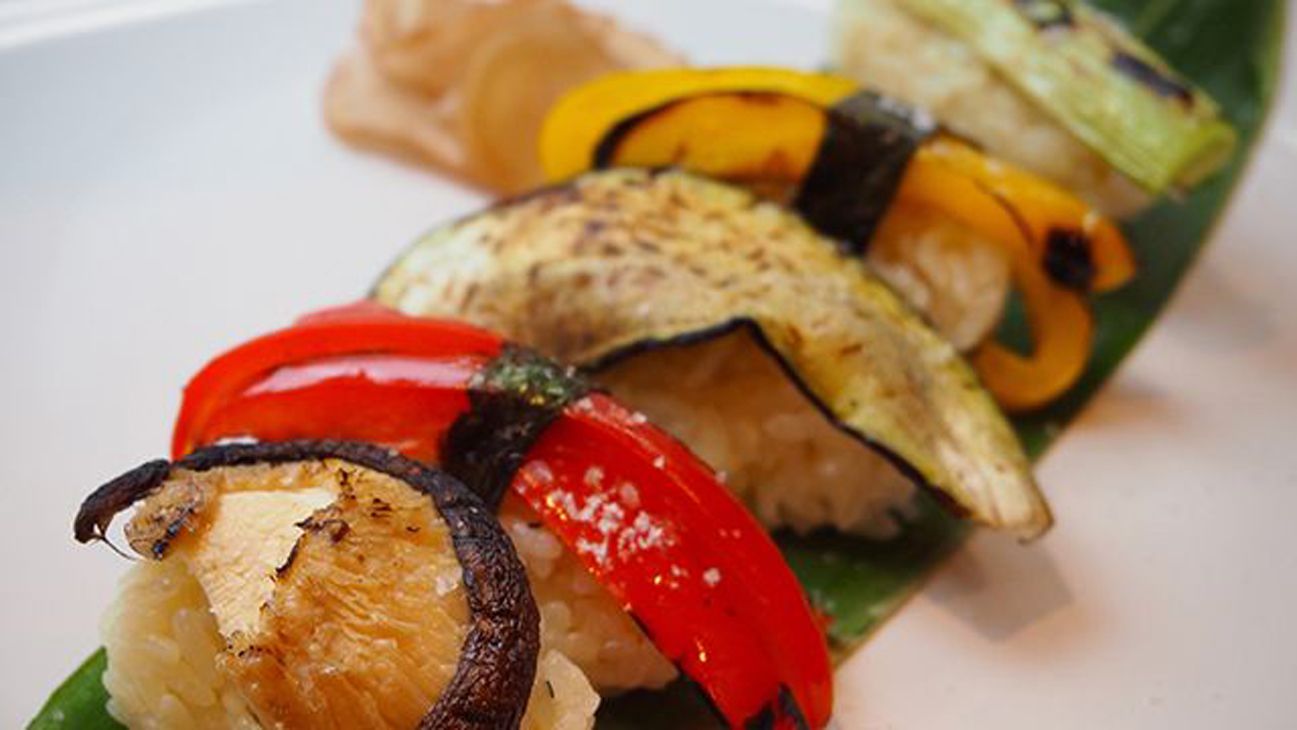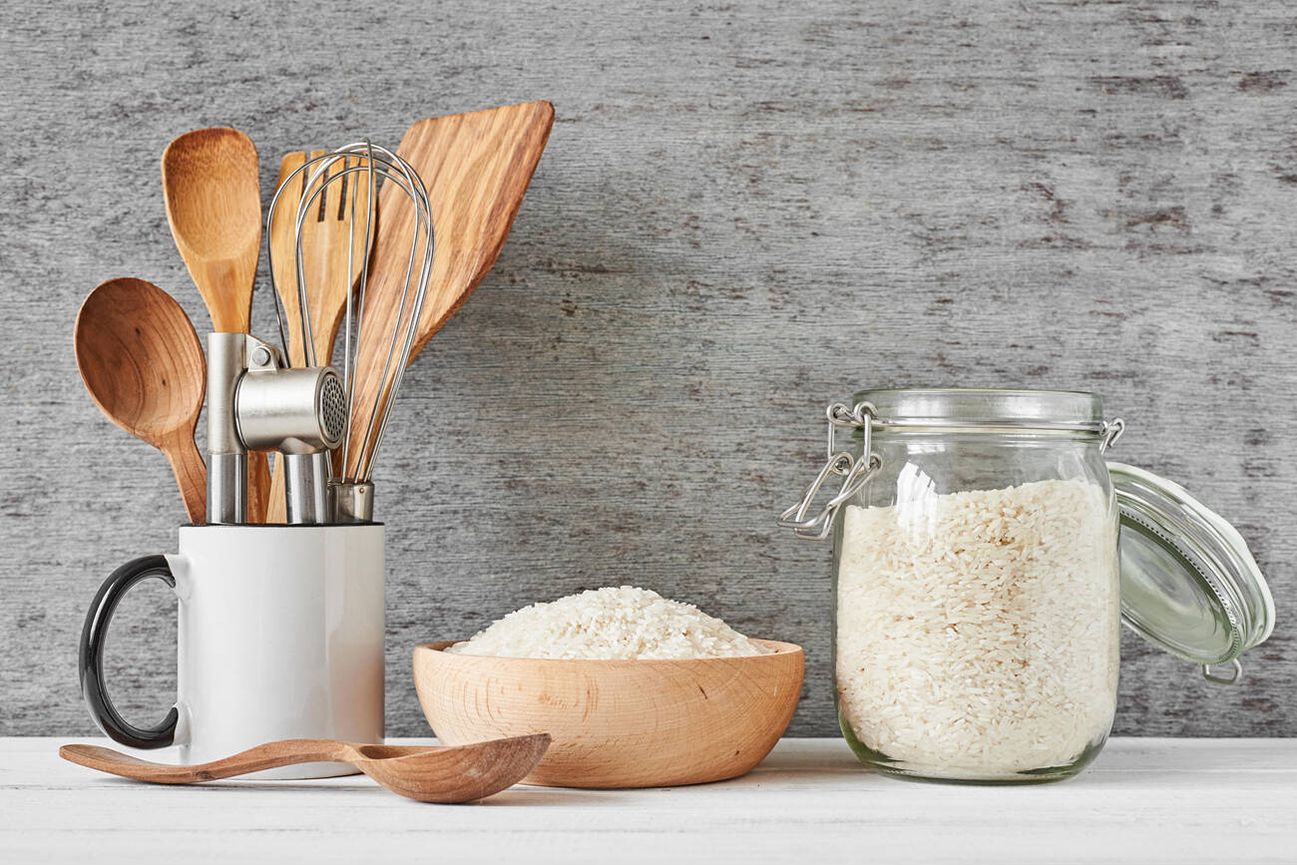
Eat well and prevent summer fatigue! A diversity of dishes made with Japanese rice and rice flour.
Photo by ©Alexander Borisenko / Alamy Stock Photo/amanaimages
Japanese food is known as one of the world’s great cuisines. And rice is the central ingredient in Japanese cuisine. Japanese rice, grown in an environment enriched by all four seasons, is distinctive for its soft chewiness and depth of flavor. It tastes great not only freshly cooked, but even after cooling. Rice flour, made by grinding rice into a fine powder, is also a highly anticipated alternative to wheat flour, as wheat flour is becoming more difficult to obtain due to the current global situation. In addition to being gluten-free, rice flour absorbs less oil and has a lighter texture when used in cooking. These qualities are attracting attention not only among those with wheat allergies but also among the health-conscious.
From the perspective of Chinese herbal medicine, which views food and medicine as one and the same, rice is considered among the "sweet" of the five tastes (sweet, salty, sour, bitter, umami), and is supposed to have a calming effect on the body. Chef and international Chinese herbalist Miyuki Chizuka says, "Rice, which is a 'spleen' ingredient that promotes normal functioning of the stomach and intestines, gently replenishes 'qi,' our fundamental vital energy, and calms irritability." It makes an ideal summer food for bodies prone to chills in response to heat, which can also impair digestive and absorptive functions.
Chizuka's recipes that make the most of this function of rice include sushi and rice salads, which taste delicious even when cold. "According to Chinese medicine, when sweetness is combined with sourness, it creates moisture, so adding vinegar is recommended in summer. Furthermore, vinegar has a warming effect on the body, preventing the body from being overcooled by air conditioning or cold drinks. Rice vinegar and apple cider vinegar are good choices for vinegar. Vegetable sushi—simply grilled summer vegetables such as zucchini, eggplant, and bell peppers topped with vinegar-seasoned rice—can be enjoyed even despite a poor appetite, and it also helps to prevent summer fatigue and improve swelling. Rice bowls are also easy to prepare. Simply mix rice with seasonal ingredients such as corn, edamame (green soybeans), and other beans that replenish 'qi' and promote diuretic effects, and ginger, which warms the body."
There is a knack to cooking Japanese rice well. "Use water with soft minerals and soak the rice for a long time to achieve glossy, fluffy white rice. Also, using an earthenware or enameled cast-iron pot will make the rice even tastier." It’s definitely worth trying.

Rice flour, milled from delicious Japanese rice, is an ingredient with incredible potential. It has been attracting more attention internationally too, with popular boulangeries developing bread made from 100% Japanese rice flour.Photo by ©NATALIA MAMYSHEVA / Alamy Stock Photo/amanaimages
But how can we incorporate rice flour into our daily diet? "I recommend granola made with rice flour. Mix 150 g oatmeal, 50 g rice flour, a pinch of salt, 1/4 teaspoon cinnamon powder, 60 ml oil of your choice, 30 ml maple syrup, 20 ml soy milk, and 100 g chopped nuts. Spread onto a baking sheet, bake in a 170°C oven for 15 minutes, crumble, scatter once again, and bake for another 10 minutes. Stir in 100 g of dried fruit, let cool, and serve. It’s gluten-free and has a lighter taste than granola made with conventional flour. With its gentle taste, it’s easy on the stomach and body, and is addictively delicious."
“Rice Flower Granola” Photo courtesy of Miyuki Chizuka
It has many other uses, which include replacing flour in breads or pancakes, using as flour for deep-frying, adding to soups as a thickening agent, and more. Due to its strong potential, it is finding a wide range of uses worldwide, driven by many creative ideas.
In fact, there are countless different varieties of Japanese rice. Japan is home to more than 500 varieties of rice, the consistency and flavor of which varies depending on production region. From the light Nanatsuboshi variety to the sticky and chewy Koshihikari, each boasts its own unique flavor, so it’s a good idea to choose the variety that best suits your individual tastes and needs. Enjoy the deep appeal of Japanese rice by tasting all its diverse varieties to the fullest.
Speaker
Miyuki Chizuka, chef and international Chinese herbalist
After working in Shanghai and Boston, she moved to Tokyo. Her recipes promote body and mind connection, making the most of the benefits of seasonal ingredients. She runs the Meixue cooking school. She also contributes recipes to magazines and companies and is a published columnist. Her recent publications include "Illustrated Guide to the Medicinal Herbal Lifestyle" and "Handy Guide to Stay-At-Home Cooking" (both in Japanese).
http://meixue.jp
Instagram: @miyukichizuka
Recommended recipes made with rice and rice flour
Carme Ruscalleda, the first woman to win 3 Michelin stars!
Rice Flour Pan Con Tomate
A classic Taiwanese dish reimagined with Japanese rice
Dried Baby Sardines and Peanut Fried Rice (using Japanese rice)
Savor the harmony of aromatic ingredients and freshly cooked rice
Seasoned Chicken and Mushroom Rice
A fine dish for summer outings
Onigirazu Sushi with Pickled Plum and Dried Baby Sardines
A glorious feast of rice that adds beautiful color and vitality to any dining table
Chirashi (Scattered) Sushi
Power through summer with seasonal summer vegetables and the power of sushi rice
Grilled Vegetable Nigiri Sushi
Reference: Japan Rice and Rice Industry Export Promotion Association
Photos supplied by: amanaimages, Miyuki Chizuka
Text: Eri Arimoto


